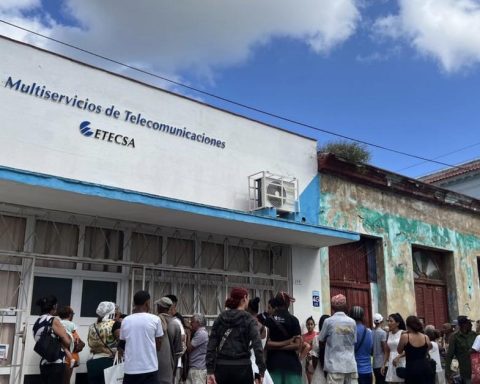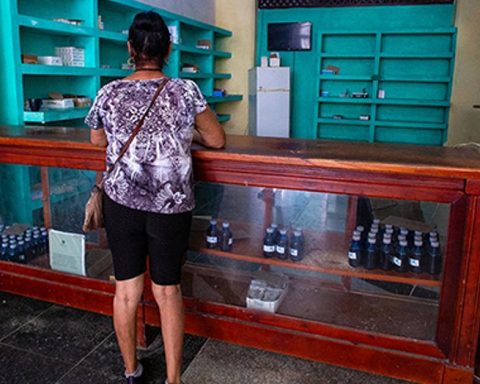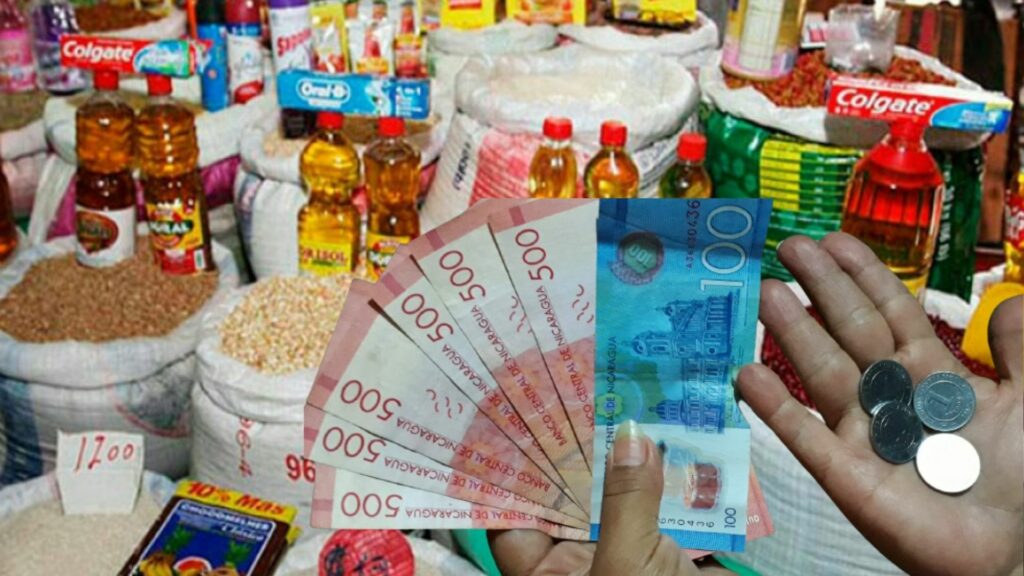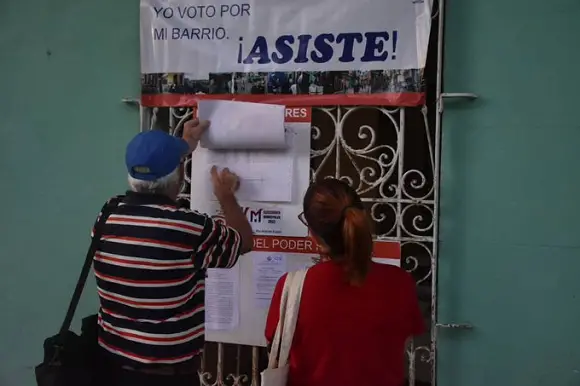Pinar del Río has not planted even half of the planned hectares of tobacco. The main Cuban export product will already obtain, without a doubt, what the official journal Granma qualifies as “the smallest in history” in an area that produces between 60% and 70% of national production.
Of the 11,200 hectares that should be planted in Vueltabajo, barely 5,150 have been reached, 46%, with days left to finish this stage.
As a consequence of the disaster, some 1,100 producers, of the 4,556 peasants who were going to start planting, only 3,456 have been able to do so and the number is not expected to increase.
As a consequence of the disaster, some 1,100 producers, of the 4,556 peasants who were going to start planting, only 3,456 have been able to do so and the number is not expected to increase
Osvaldo Santana Vera, coordinator of the Tabacuba group in Vueltabajo explained to Granma that the plan has been readjusted twice since the impact of Hurricane Ian last September destroyed 90% of the drying houses in the province, more than 10,000 of the total of 12,000.
“Given the impossibility of raising them all again in a matter of a few months, in time to protect the leaves of the current harvest, the Tabacuba Business Group decided to prioritize the highest quality vegas and ensure export demands,” the note explains.
But not even in this way could the situation be saved and the lack of wood has had an impact on it. Of the 3,977 houses of cure that are needed, after readjustments based on planting, more than 1,400 are still being built.
All this led to a reduction of the plan to 6,391 hectares, but, given the evidence that the amount was excessive, it was reduced again to 5,777, extending the plan by 50 days. The figure is still notably far from what has been achieved.
To this must be added the producers who have refused to plant because the State still owes them money, according to news sources. 14ymedio in San Juan and Martinez. Tobacco producers from the province told this newspaper that there have been several meetings to try to convince them to plant, affirming that the payment would be made as soon as possible, but many are distrustful and have converted to growing flowers, peanuts, and seasonal fruits. shorter or less demanding of resources.
Tobacco producers from the province told this newspaper that there have been several meetings to try to convince them to plant, affirming that the payment would be made as soon as possible, but many are wary
version of Granma, however, attributes the crisis in the sector to the weather and the “devastating blow that nature dealt them” to the producers and closes the note with a call for epic resistance, although it will have to wait another year. “The men and women who produce the best tobacco in the world affirm that this is just a skirmish (…) and warn that another rooster will crow in the coming campaign.”
The passage of the hurricane and the destruction of the drying houses meant that tons of leaves had to be sent to other provinces to try to safeguard them. Some 6,000 tons were transferred to Matanzas, Sancti Spíritus, Villa Clara and Cienfuegos, in addition to “around 11,000” that were already in the dryers and, after getting wet, had to undergo a new process or be discarded.
Just a week ago, more than 11,300 recently harvested tobacco cujes burned in a dryer in Jovellanos, in Matanzas and, although the firefighters were able to put out the fire and prevent it from spreading further, the loss is one more nail in the coffin of the sector .
________________________
Collaborate with our work:
The team of 14ymedio He is committed to doing serious journalism that reflects the reality of deep Cuba. Thank you for accompanying us on this long road. We invite you to continue supporting us, but this time becoming a member of our newspaper. Together we can continue transforming journalism in Cuba.

















